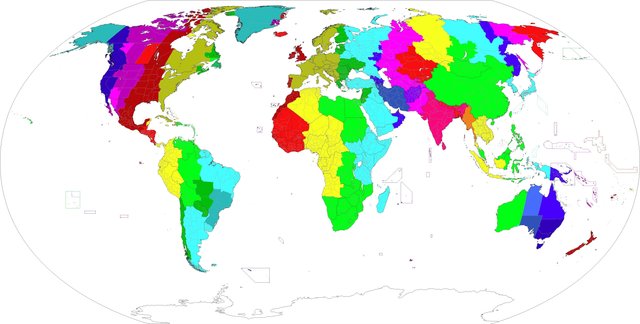Universal Time Code - What is it? From Where?
Coordinated Universal Time (UTC) is the basis for civil time today. This 24-hour time standard is kept using highly precise atomic clocks combined with the Earth's rotation.

Coordinated Universal Time (abbreviated as UTC, and therefore often spelled out as Universal Time Coordinated and sometimes as Universal Coordinated Time) is the standard time common to every place in the world. Formerly and still widely called Greenwich Mean Time (GMT) and also World Time, UTC nominally reflects the mean solar time along the Earth's prime meridian.

(The prime meridian is 0° longitude in the 360 lines of longitude on Earth. There are 179 meridians toward the East and 179 toward the West. The 180th meridian is also called the International Date Line.)
The prime meridian is arbitrarily based on the meridian that runs through the Greenwich Observatory outside of London, where the present system originated. The UTC is based on an atomic clock to which adjustments of a second (called a leap second) are sometimes made to allow for variations in the solar cycle.

UT Started in 1884
Universal Time (UT) was created at the International Meridian Conference in 1884. This is the basis for the 24-hour time zone system we know today.
Atomic and Solar Time
Two components are used to determine UTC:
International Atomic Time (TAI): A time scale that combines the output of some 400 highly precise atomic clocks worldwide, and provides the exact speed for our clocks to tick.
Universal Time (UT1): Also known as astronomical time or solar time, it refers to the Earth's rotation. It is used to compare the pace provided by TAI with the actual length of a day on Earth.
At the time, Greenwich Mean Time (GMT) was chosen as the world’s time standard. The reference line or starting point, the Prime Meridian, was determined to be the transit circle at the Royal Observatory in Greenwich, London. The transit circle is a part of the telescope's mechanics and it is still cited as the prime meridian's original reference (0° longitude).
From GMT to UTC
In 1960, the International Radio Consultative Committee formalized the concept of UTC, and it was put into practice the year after. The name Coordinated Universal Time was officially adopted in 1967.
Why UTC – not CUT or TUC?
UTC was adjusted several times until 1972, when leap seconds were introduced to keep UTC in line with the Earth's rotation, which is not entirely even, and less exact than atomic clocks.
Great post with wonderful explanation. As a retired pilot, UTC is all we used...only we referred to it as "ZULU" time.
Interesting, i wonder why they called it Zulu time...? Thx for reading.
We call it "Zulu" time because it's easier to identify a time on a briefing sheet using just 1 letter, "Z", rather than 3...ie "GMT" or "UTC". The navy picked the last letter of the alphabet to represent UTC time. The word used to represent "Z" in the phonetic alphabet is "ZULU". So on our briefings, we would just see the letter "Z" before a time. But when communicating on the radio, we used the term "ZULU". Hope that makes sense.